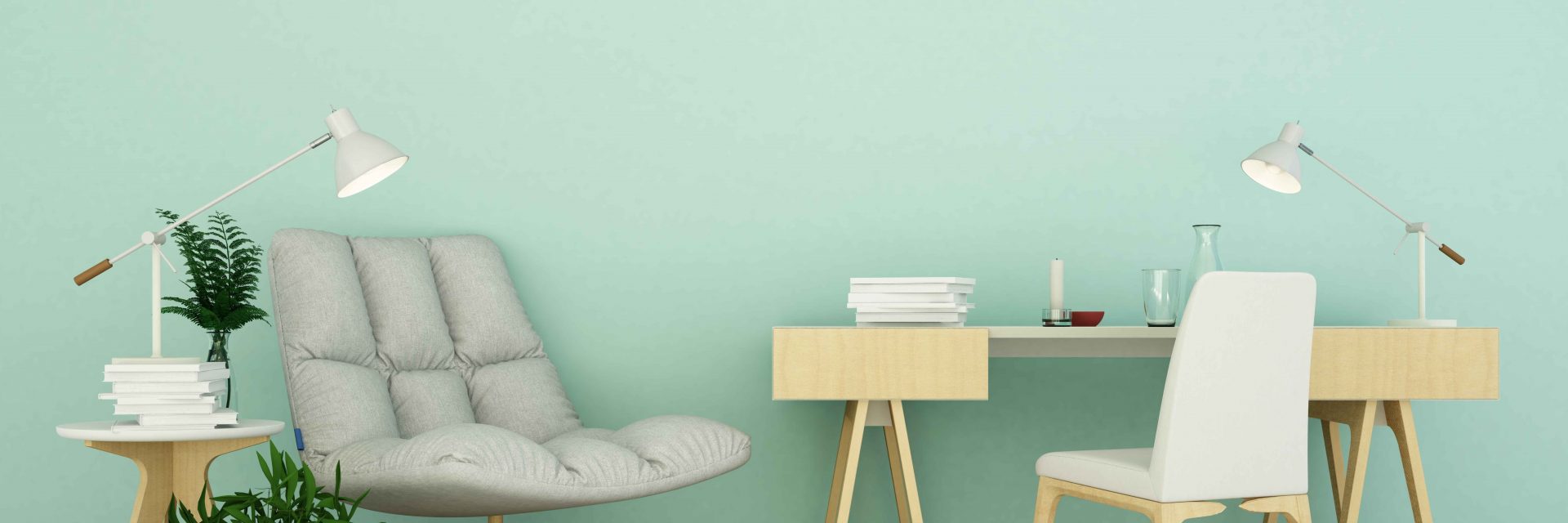Factors To Take Into Consideration For Business Exterior Painting By Period: Crucial Details You Should Have
Factors To Take Into Consideration For Business Exterior Painting By Period: Crucial Details You Should Have
Blog Article
Produced By-Leach Rosendal
When you're planning a commercial exterior paint project, seasonal elements can make or break your results. You'll wish to consider how temperature and moisture impact paint application and drying out times. Choosing the ideal season can ensure your paint adheres properly and lasts longer. Yet which periods are absolutely the best for this kind of job? Allow's explore the crucial elements that can affect your task's success.
The Effect of Temperature on Paint Application
When you're planning an industrial external paint job, the temperature level can significantly impact exactly how well the paint adheres and dries.
Ideally, you intend to paint when temperature levels range in between 50 ° F and 85 ° F. If Read More On this page 's also cold, the paint might not heal appropriately, resulting in concerns like peeling or breaking.
On the other hand, if it's too hot, the paint can dry out also swiftly, protecting against proper attachment and causing an uneven surface.
You need to also take into consideration the moment of day; morning or late afternoon offers cooler temperature levels, which can be a lot more desirable.
Constantly examine the producer's referrals for the details paint you're utilizing, as they often give guidance on the optimal temperature level array for optimal outcomes.
Humidity and Its Effect on Drying Times
Temperature level isn't the only environmental element that influences your business external paint project; humidity plays a substantial role also. High humidity levels can decrease drying times significantly, impacting the general top quality of your paint job.
When the air is filled with moisture, the paint takes longer to cure, which can result in issues like poor attachment and a higher threat of mildew growth. If you're repainting on a particularly damp day, be gotten ready for extensive delay times between coats.
It's essential to check local climate condition and strategy appropriately. Preferably, go for humidity degrees between 40% and 70% for optimal drying out.
Keeping these factors in mind ensures your task remains on track and delivers a long-term finish.
Best Seasons for Commercial Outside Paint Projects
What's the best season for your business external painting jobs?
Springtime and very early loss are usually your best bets. Throughout these periods, temperature levels are moderate, and humidity levels are often lower, producing suitable problems for paint application and drying.
Prevent summer season's intense heat, which can create paint to completely dry also swiftly, causing poor adhesion and surface. Similarly, winter months's cold temperature levels can impede proper drying out and curing, taking the chance of the durability of your paint work.
https://professional-exterior-hou40505.bloggadores.com/34211513/master-the-ability-of-selecting-a-quality-paint-firm-by-recognizing-critical-characteristics-but-what-are-the-concealed-signals-you-should-be-mindful-of for days with temperatures in between 50 ° F and 85 ° F for optimum results. Bear in mind to check the neighborhood weather prediction for rainfall, as damp problems can destroy your task.
Planning around these elements ensures your paint job runs efficiently and lasts longer.
Final thought
Finally, planning your commercial external paint tasks around seasonal factors to consider can make a considerable difference in the outcome. By organizing work throughout the suitable temperatures and moisture levels, you'll make sure much better adhesion and drying times. Remember to watch on regional weather forecasts and choose the right time of year-- springtime and very early loss are your best options. Taking these actions will help you attain a resilient and professional finish that lasts.
